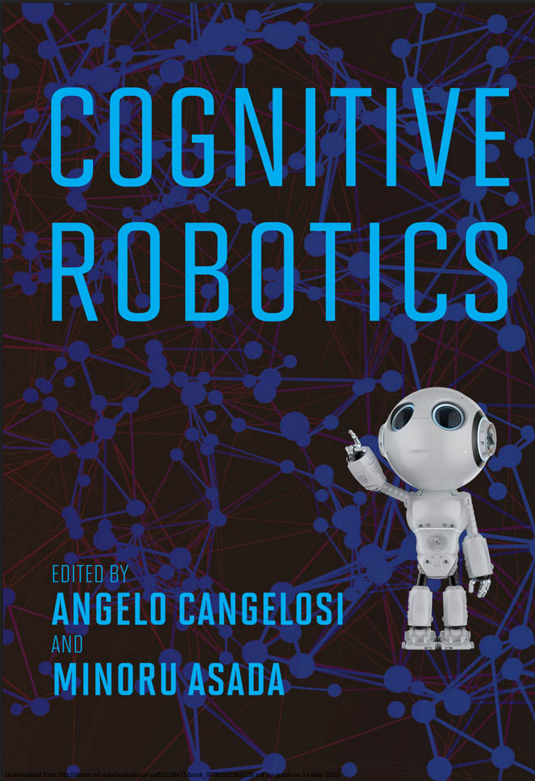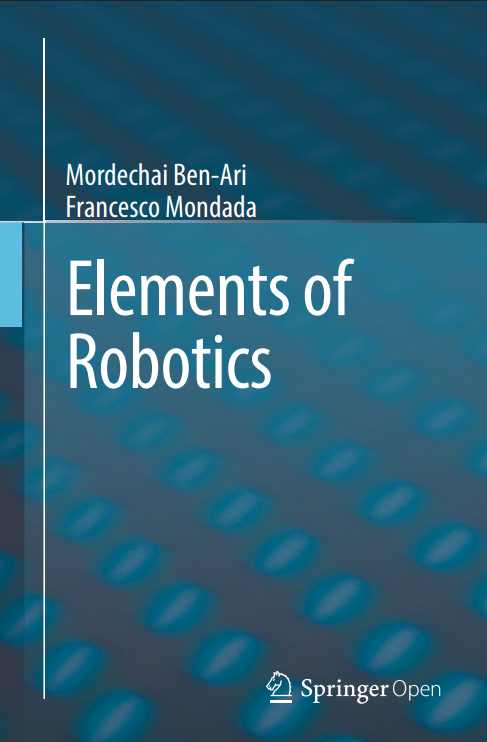
Artificial Intelligence Basics: A Non-Technical Introduction
Disclaimer: This content has been uploaded by a user of Lit2Talks for educational and informational purposes only. All copyrights and trademarks belong to their respective owners. If you are the copyright holder and believe this content has been shared without your permission, please contact us for immediate removal.
Reviews
No review yet. Be the first to review this book!
×
Description
Certainly! Here's a more detailed exploration of what "Artificial Intelligence Basics: A Non-Technical Introduction" might entail: 1. Introduction to Artificial Intelligence: The book would start by defining artificial intelligence and providing a historical overview of its development. It would ...




 Apr 24, 2025
Apr 24, 2025
























.jpg)
.jpg)

.jpeg)



.jpeg)
.jpg)











.png)










.jpg)


.jpeg)







.jpeg)





.jpeg)

.jpg)




.jpg)
.jpg)
.jpg)






